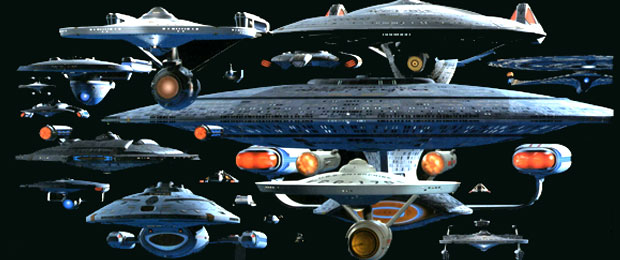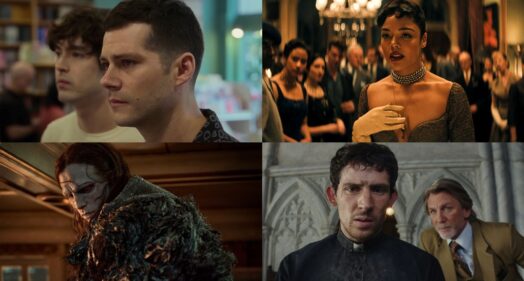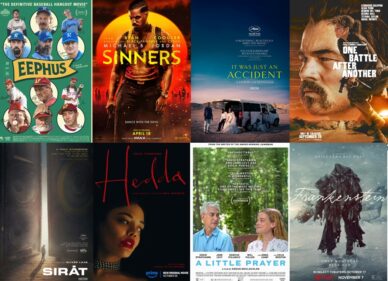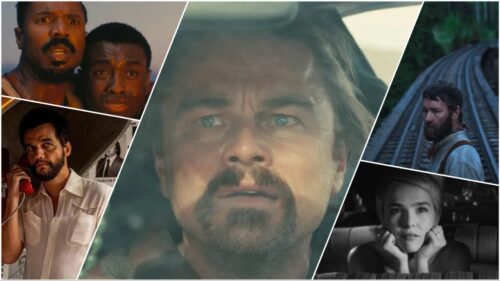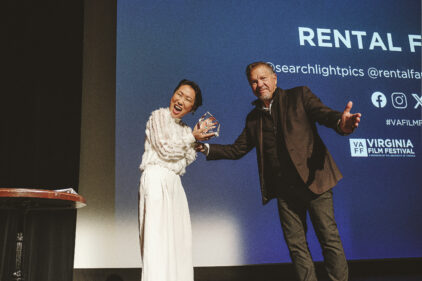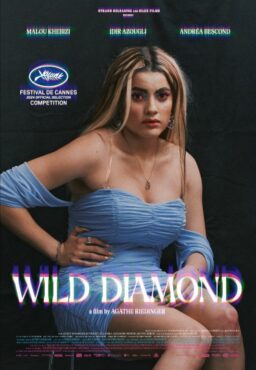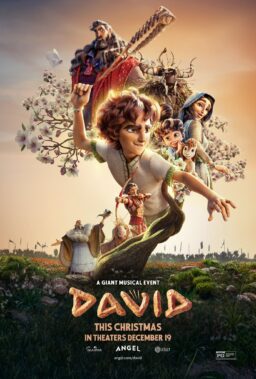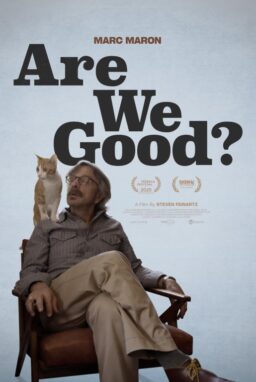Comic-Con has panels with some of Hollywood’s top design talent, who share behind-the-scenes insights and explain how the look of the film is as important to the story as the dialog and performances.
The “Ships of the Line” panel included the designers of “Star Trek’s” various starships, so indelibly a part of the story they are almost additional characters. That means not just the hero’s ship, but the villain’s ship, as well as the other machines. Think about not just the Death Star and the Millennium Falcon in “Star Wars” but also the fighters and battle tanks.
While the ships do not actually have to be able to fly, they have to pass the “squint test,” and seem believable. That means drawing up full blueprints, making sure there is a place for cargo and other support services that may not necessarily be in the script and thoughtful consideration of what the power source is and how it fits into the ship.
The designers talked about touches they added to make the ships just recognizable enough to seem “real.” “We’re lying to you visually, using reference points from the world you know to persuade you that the ship is big and real.” Veteran visual effects master John Goodson spoke about taking inspiration for one detail on a spaceship from the vents on his vintage car. Subtle, even unseen design decisions can be important, too. Goodson told us that markings on the bottom of the original “Star Trek” enterprise were barely glimpsed in the television series. But when he worked on the loving spoof of “Star Trek,” “Galaxy Quest,” he put those marking on the bottom of their spaceship, The Protector. And he used them again on The Enterprise in the movie reboot of “Star Trek” directed by J.J. Abrams.
As on all of the other design panels, the issue of changes in technology came up. With all that is made easier by computers, there were wistful tones in the discussion of the pre-CGI days with “practical” (analog) models. The good news is that Christopher Nolan is using miniatures in his forthcoming film, “Interstellar.”
Illustrators from the Art Directors Guild talked about creating weapons, monsters, ships, skies, and especially storyboards. In some cases, storyboard artists had gone from creating comic books to creating very similar sequential panels for the same superhero characters. All of them are trying to achieve “authentic expression of extremely abstract action, so the audience will know what’s happening, without teetering into camp – and still be entertaining.”
The Production Design session was titled “Architect of Imagination.” John Muto (“Terminator 2”) told us that the difference between “a little indie with all of the people skills but doesn’t look like much” and a big budget film that “has a sense of the world that conveys the emotion” is the production designer. The well-designed films “do everything the indies do plus have the visuals that enhance the story.”
Philip Messina spoke about his work on “The Hunger Games” franchise. “A lot of the discussion was about the tone. There are children killing children. We had to handle it delicately and interestingly but not glorify the violence.” There is a very intense and sad scene in the first book when a young girl who has shown great courage and compassion is killed by a spear. The production designer has to figure out what that means. In practical terms, that meant five people trying out different ways to spear a child. How long is the spear? Which way does it poke out? How much is shown? Does it get tangled in the net? How can we show this in a way that has an impact but is tasteful?
Oliver Scholl said that Doug Liman, the director of the futuristic “Edge of Tomorrow,” did not want it to “look sci-fi.” He wanted it to be “as real as possible. It’s set in today’s world, the day after tomorrow.” That meant all of the weapons technology had to have “the right grittiness and the right reality to make it believable, not fantastic.”
Patrick Tatopoulos had the opposite assignment in the hyper-stylized “300: Rise of an Empire.” It was a sequel, but he was told to create “a new aesthetic,” with the bad guy Persians portrayed not as they were (or as anyone ever was) but as they were seen and described by the Greeks. So they went over the top with “a sort of Dolce and Gabbana style.”
The term Production Designer was first used for what used to be called “Art Directors” when William Cameron Menzies was given the title for “Gone With the Wind.” “They head the art department,” Muto said. “They are the first to read the script and are responsible for amazing coordination to make a film out of a million pieces that somehow take place in a believable world – and on a budget. That’s why their names are on the poster.”

